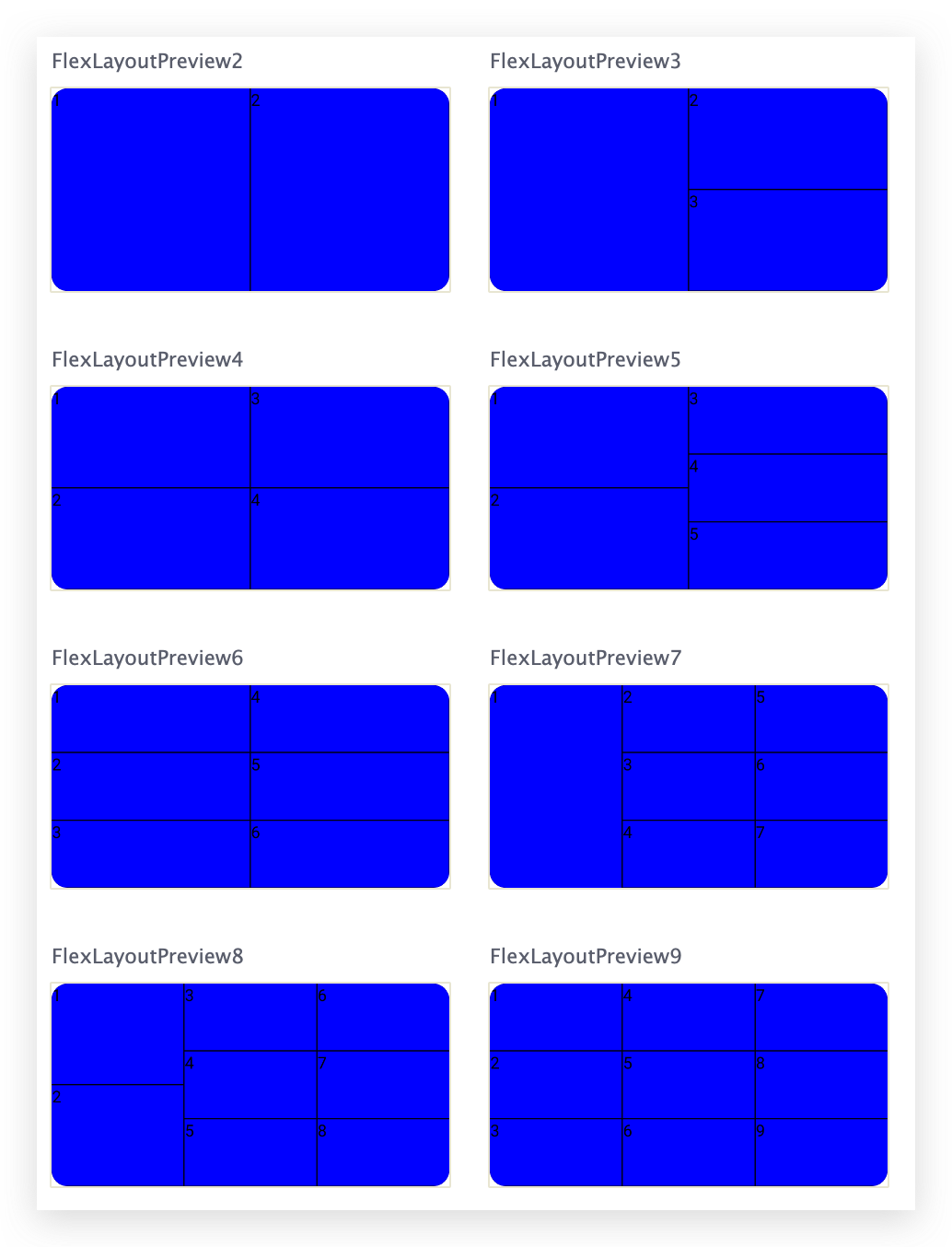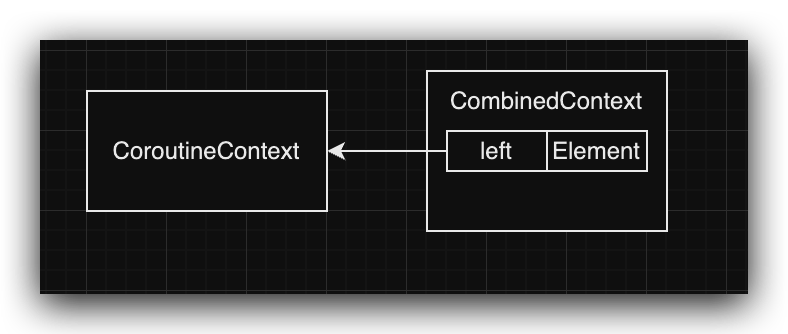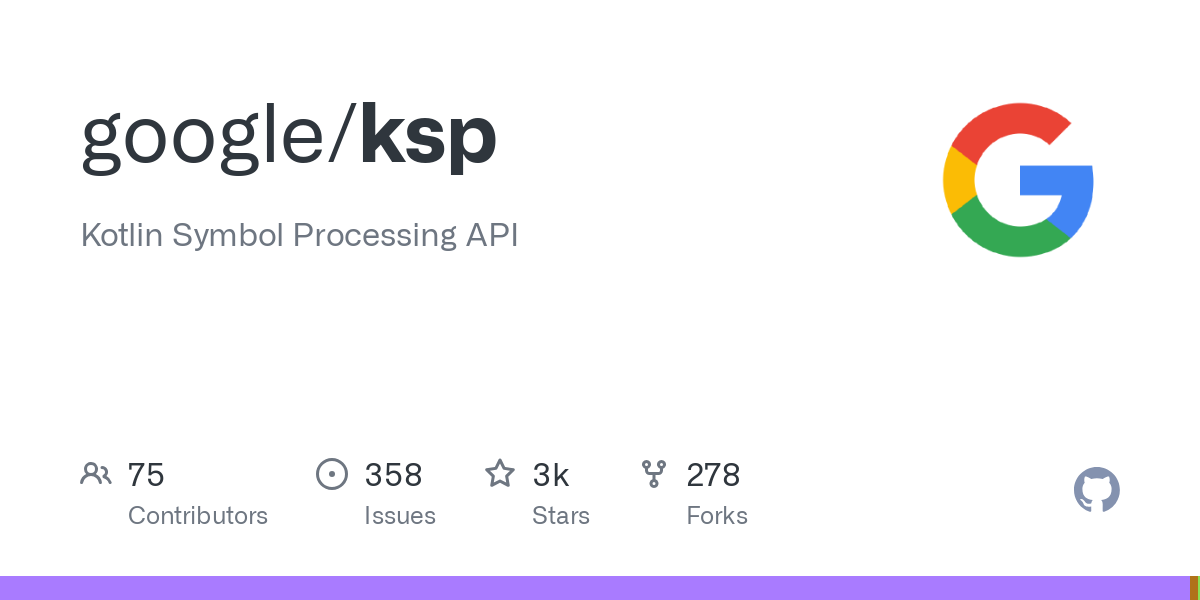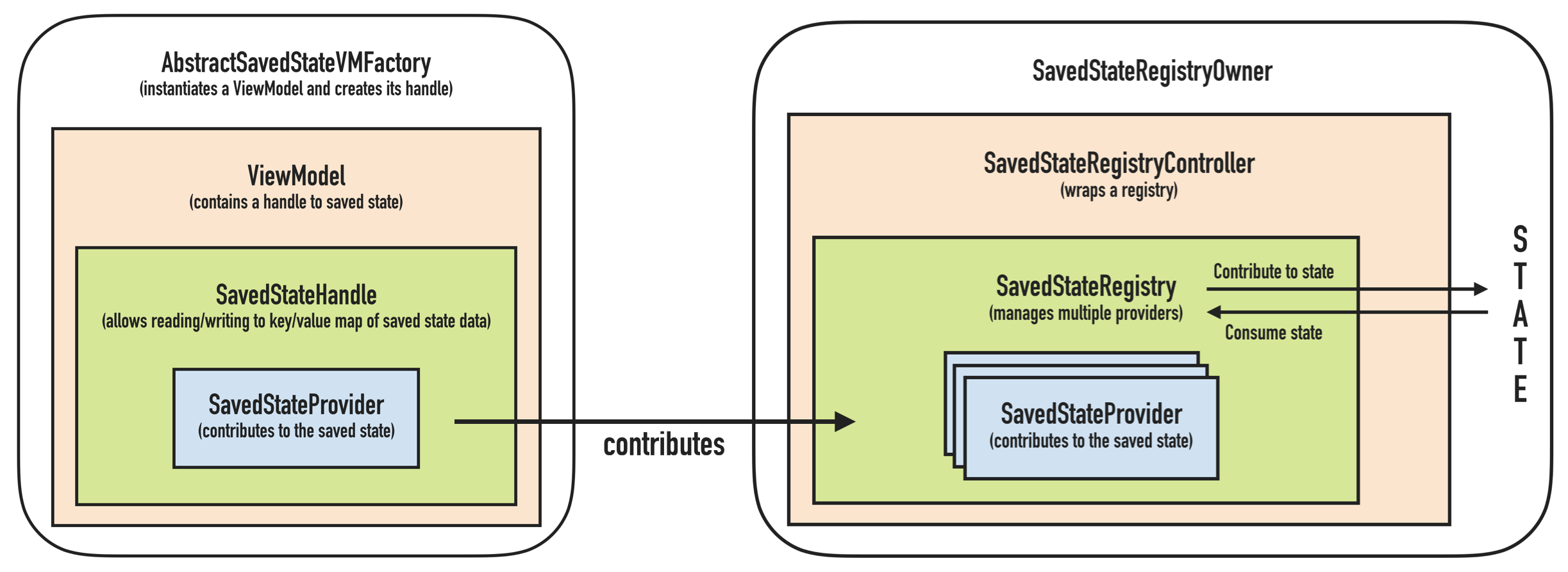转眼就 2017 年了,原本定的博客计划因为太忙而搁置了两个月,最近终于可以恢复更新了。今天要阐述的是我理解的完美 Repository 层的实现,Repository 层也就是我们的数据层,在这里封装了获取网络数据、缓存数据、数据库数据以及数据转换逻辑
DO data class 即 Domain Object ,业务实体类。通常会用一个 Java Bean 来描述它,这里我们用 Kotlin 的 data class 实现:
1 2 3 4 5 6 7 8 9 data class Article (@SerializedName("_id" ) val id: String, val desc: String, val source: String, val type: String, val url: String, val used: Boolean , val who: String?, val createdAt: Date, val publishedAt: Date)
使用了data class关键词之后,Kotlin 会自动帮我们生成getter(如果属性是使用var声明的则还会生成setter)、equals()、hashCode()、toString()、copy()等常用方法。
而在 Java 中写一个 JavaBean,我们需要一个个声明属性并写出它们对应的getter、setter以及其它代码,相比之下 Kotlin 的代码量小了一大半。
Parcelable 很多情况下我们需要 DO 实现Parcelable以便我们在 Android 中传输数据,这个时候如果手写大量的代码是非常麻烦的一件事情,我们可以使用Parceler 节约开发时间和代码量。
但出于兼容性原因,所有 DO 的属性都要是 Optional
1 2 3 4 5 6 7 8 9 10 11 @Parcel(Parcel.Serialization.BEAN) data class Content (@SerializedName("_id" ) val id: String? = null , val createdAt: Date? = null , val desc: String? = null , val publishedAt: Date? = null , val source: String? = null , val type: String? = null , val url: String? = null , val used: Boolean = false , val who: String? = null )
然后我们就可以这样传输一个 DO 了:
1 2 3 4 val parcelable: Parcelable = Parcels.wrap(Content())val content: Content = Parcel.unwrap(parcenlable)
RealmObject 讲真,我不建议使用 Realm ,不仅侵入性较强,而且使用 RxJava 的时候有线程切换的问题产生。
在严格分层的应用中查询数据要跨线程传输,而此时 Realm 因为查询出来的结果不能跨线程使用必须 copy 对象,所以效率并不比其它数据库高。
DataStore and Cache 在数据库的选择中因为 Realm 的线程切换以及侵入性问题,第一时间就排除掉了。
然后是 SQL 和 NoSQL 的选择,Android 中的 SQL 只有 Sqlite,而基于开发的便利性使用的框架都会对项目造成一定的侵入性。
最后经过思考选择了 paperdb 存储数据。使用 NoSQL 还有一个好处就是缓存数据非常方便,而且还可以把以前存在 SharedPreferences 里的一些数据挪到数据库中。
项目中引入 paperdb :
1 compile 'io.paperdb:paperdb:2.0'
存储和取出数据:
1 2 3 4 5 6 7 Paper.book().write("city" , "Lund" ) Paper.book().write("task-queue" , queue) Paper.book().write("countries" , countryCodeMap) val city: String = Paper.book().read("city" )val queue: LinkedList = Paper.book().read("task-queue" )val countryCodeMap: HashMap = Paper.book().read("countries" )
Data Cache 可以使用 paperdb 存储,Memory Cache 则使用 LruCache 。
这样在 Repository 中我们就可以做到三层缓存了。
Memory Cache(LruCache) -> DataStore Cache(paperdb) -> Cloud(Web)
网络请求 网络请求使用 okhttp + Retrofit + gson + RxJava 实现
如果不使用 Dagger 的话是这样的:
DataManager.kt
1 2 3 4 5 6 7 8 9 10 11 12 13 14 15 16 17 18 19 20 21 22 23 24 25 26 27 28 29 30 31 32 33 34 35 36 37 38 39 40 41 42 43 44 45 46 47 object DataManager { const val RESPONSE_CACHE_FILE = "response_cache" const val RESPONSE_CACHE_SIZE = 10 * 1024 * 1024L const val HTTP_CONNECT_TIMEOUT = 10L const val HTTP_READ_TIMEOUT = 30L const val HTTP_WRITE_TIMEOUT = 10L const val MAX_MEMORY_CACHE_SIZE = 16 const val DATE_FORMAT = "yyyy'-'MM'-'dd'T'HH':'mm':'ss'.'SSS'Z'" val mGson = GsonBuilder() .setDateFormat(DATE_FORMAT) .create() val mCache = LruCache<Any, Any>(MAX_MEMORY_CACHE_SIZE) lateinit var gankModel: GankModel private set fun init (context: Context , mApiHostUrl: String , isDebug: Boolean ) val cacheDir = File(context.cacheDir, RESPONSE_CACHE_FILE) val cache = Cache(cacheDir, RESPONSE_CACHE_SIZE) val client = OkHttpClient.Builder() .cache(cache) .connectTimeout(HTTP_CONNECT_TIMEOUT, TimeUnit.SECONDS) .build() val retrofit = Retrofit.Builder() .baseUrl(mApiHostUrl) .addConverterFactory(GsonConverterFactory.create(mGson)) .addCallAdapterFactory(RxJava2CallAdapterFactory.create()) .client(client) .build() createModels(retrofit) } private fun createModels (retrofit: Retrofit ) gankModel = GankRepository(retrofit.create<GankApi>(GankApi::class .java)) } }
GankApi.kt
1 2 3 4 5 6 interface GankApi { @GET("data/Android/{size}/{index}" ) fun getAndroidContent (@Path("index" ) index: Int , @Path("size" ) size: Int ) : Flowable<ApiResult<List<Content>>> }
GankRepository.kt
1 2 3 4 5 6 7 8 9 10 11 12 13 14 15 16 17 18 19 20 21 22 23 class GankRepository (private val mGankApi: GankApi) : GankModel { val key = "androidCache" @Suppress("UNCHECKED_CAST" ) override fun getAndroidContent () return mGankApi.getAndroidContent(1 , 10 ) .handleResult() .map { DataManager.mCache.put(key, it) Paper.book().write(key, it) it } .startWith(Flowable.just<List<Content>>( DataManager.mCache.get (key) as List<Content>? ?: Paper.book().read<List<Content>?>(key) ?: ArrayList<Content>())) .subscribeOnIO() } }
通用信息比如 App 版本号,客户端类型,用户ID 等都可以放在请求头中,这个时候应该使用 okhttp 的拦截器实现,这里就不展开了。
错误处理 我们的接口中会包含错误类型错误码,于是对应的也会定义对应的异常信息抛给上层处理,这里使用了 kotlin 的扩展方法:
1 2 3 4 5 6 7 8 9 10 11 12 13 fun <T> Flowable<ApiResult<T> >.handleResult () return flatMap { if (it.error) { Flowable.error<T>(Exception("error" )) } else { Flowable.just(it.results) } } }
SharedPreferences 虽然说我们使用了 paperdb,可以替代大多数情况下 SharedPreferences 的使用,但在使用设置界面时还是推荐使用 SharedPreferences,因为系统的 PreferenceFragment 可以为我们节省大量的代码,节约开发时间。
那么这个时候还是没办法避免使用 SharedPreferences 了,这里提供一个使用 Kotlin 委托属性 实现的 SharedPreferences 委托类:
1 2 3 4 5 6 7 8 9 10 11 12 13 14 15 16 17 18 19 20 21 22 23 24 25 26 27 28 29 30 class Preference <T >(val context: Context, val name: String, val default: T) : ReadWriteProperty<Any?, T> { val prefs by lazy { context.getSharedPreferences("default" , Context.MODE_PRIVATE) } override fun getValue (thisRef: Any ?, property: KProperty <*>) return findPreference(name, default) } override fun setValue (thisRef: Any ?, property: KProperty <*>, value: T ) putPreference(name, value) } private fun <U> findPreference (name: String , default: U ) val res: Any = when (default) { is Long -> getLong(name, default) is String -> getString(name, default) is Int -> getInt(name, default) is Boolean -> getBoolean(name, default) is Float -> getFloat(name, default) else -> throw IllegalArgumentException("This type can be saved into Preferences" ) } res as U } private fun <U> putPreference (name: String , value: U ) when (value) { is Long -> putLong(name, value) is String -> putString(name, value) is Int -> putInt(name, value) is Boolean -> putBoolean(name, value) is Float -> putFloat(name, value) else -> throw IllegalArgumentException("This type can be saved into Preferences" ) }.apply() } }
在代码中我们可以如下使用
1 2 3 4 5 6 7 class WhateverActivity : Activity () { var aInt: Int by Preference(this , "aInt" , 0 ) fun whatever () println(aInt) aInt = 9 } }
总结 这就是我心目中完美的 Repository 层(或 Data 层)实现了,也许并不是最优的,但在我看来做到了易用和效率的平衡。
以上。




